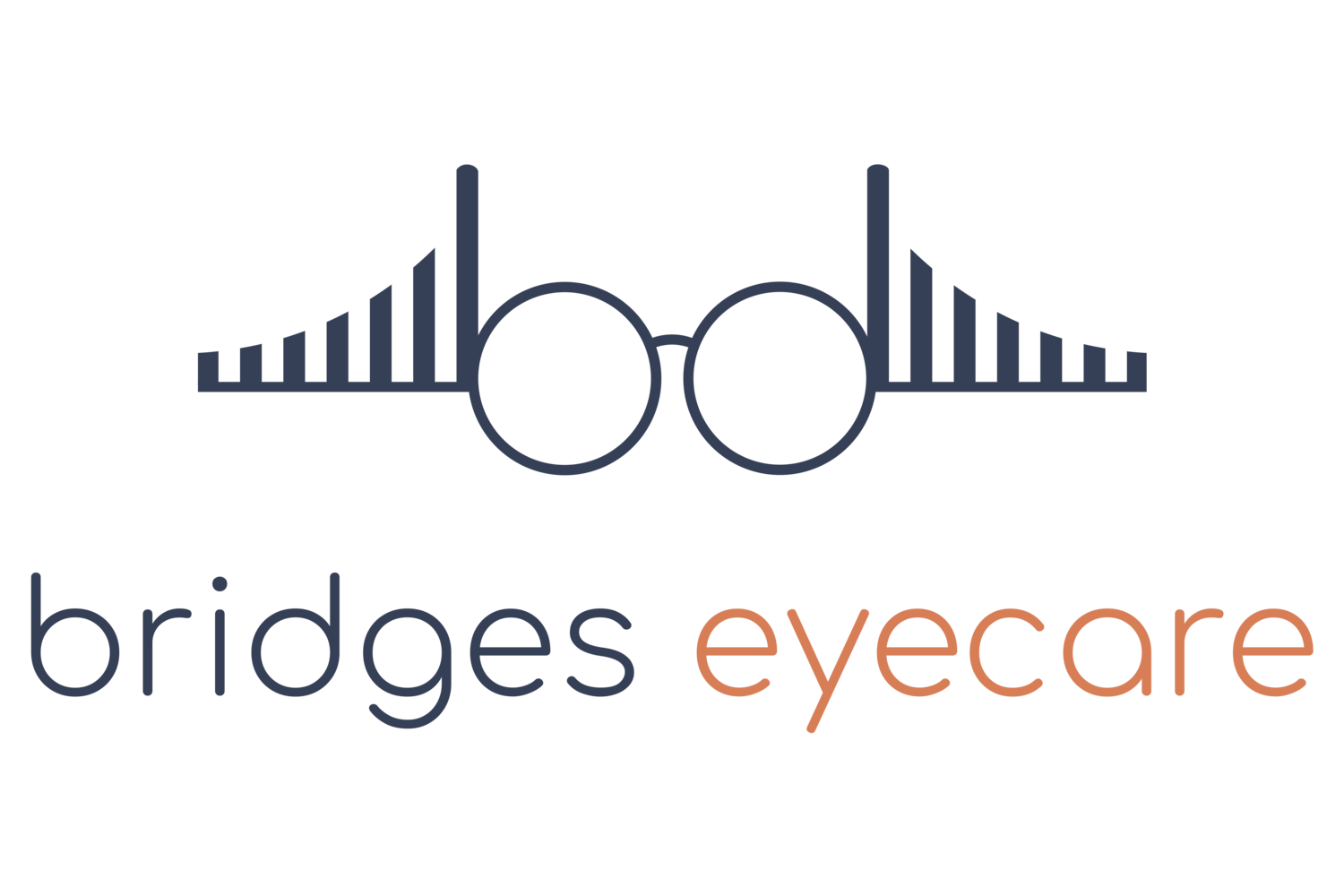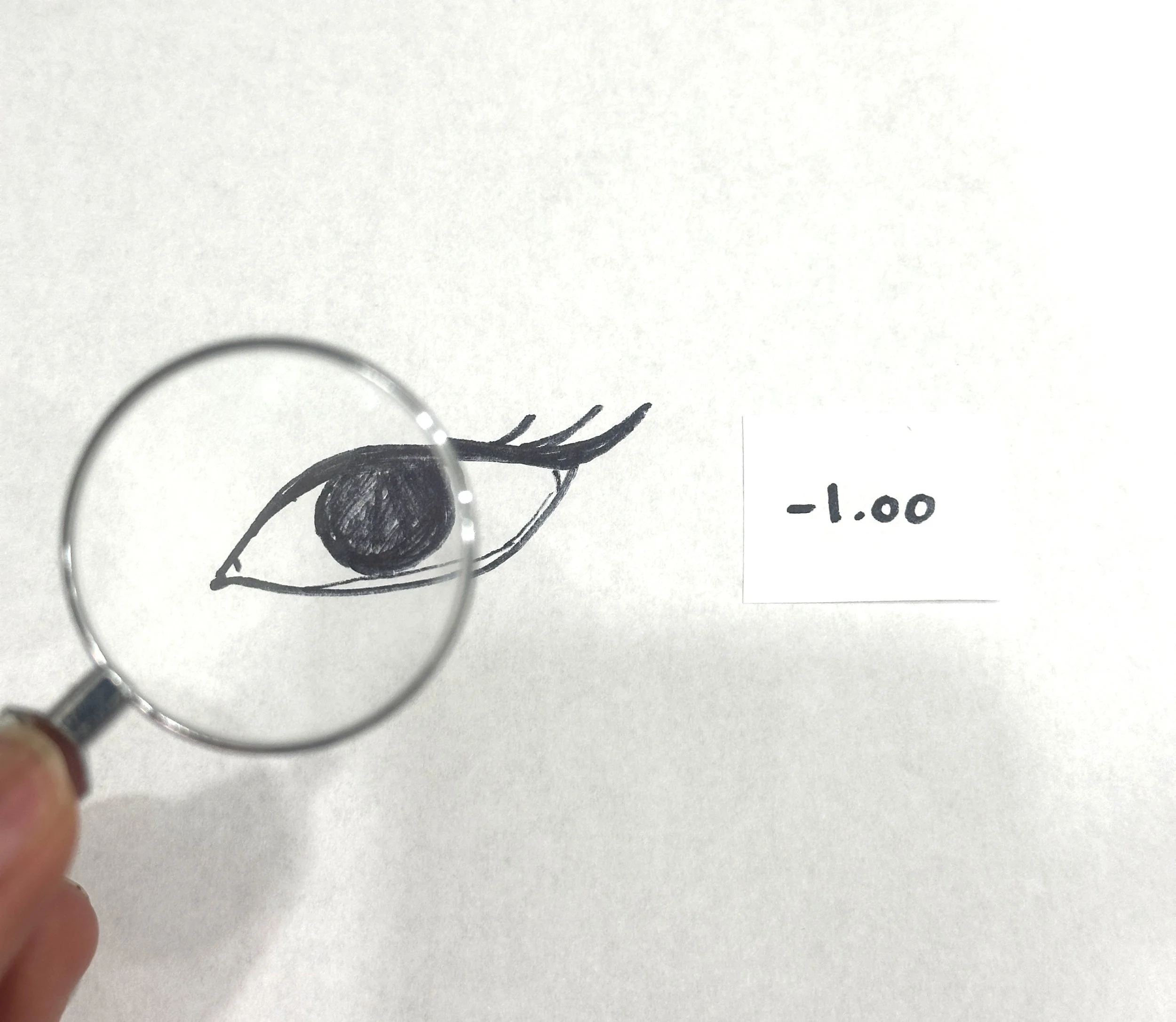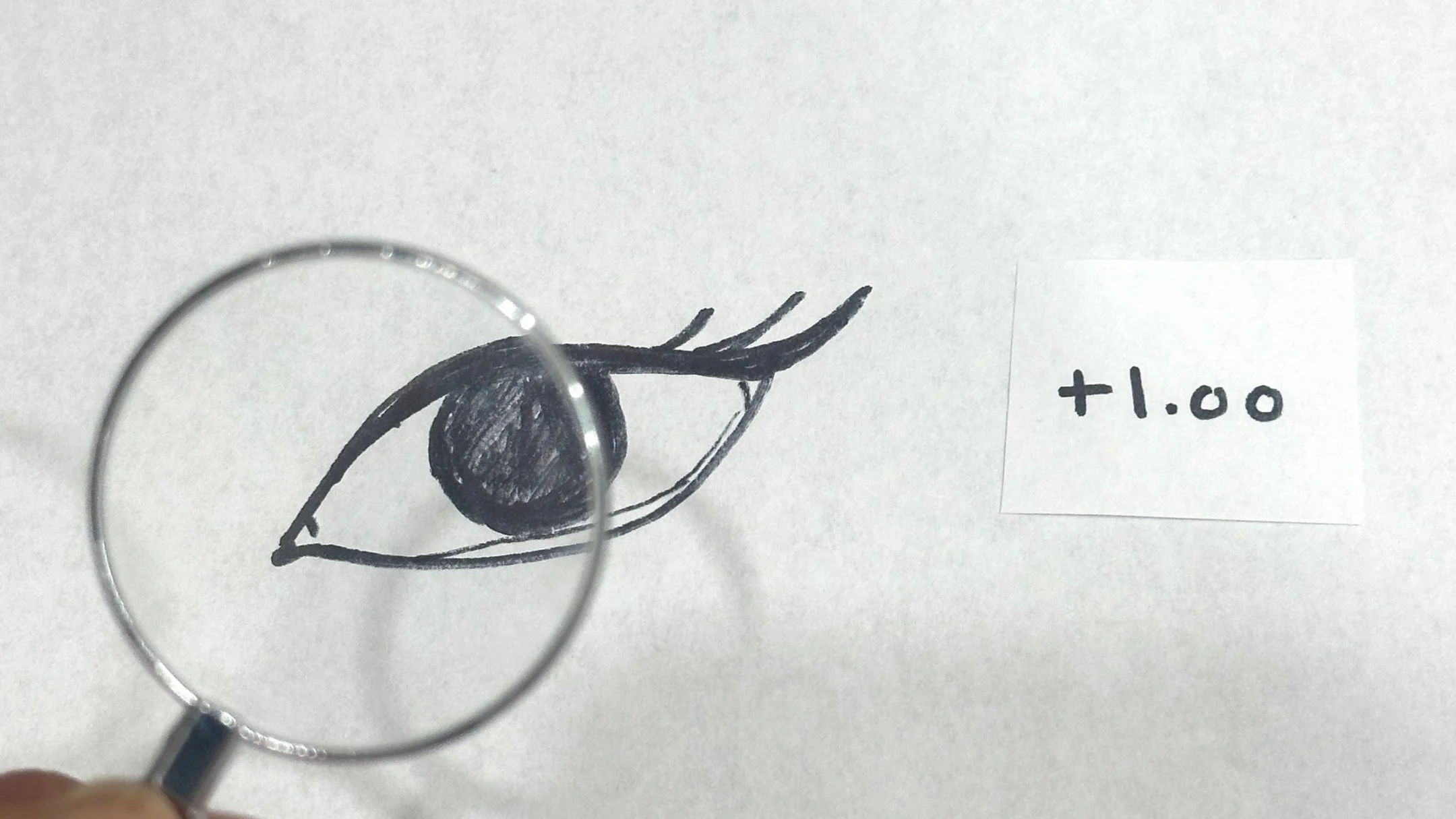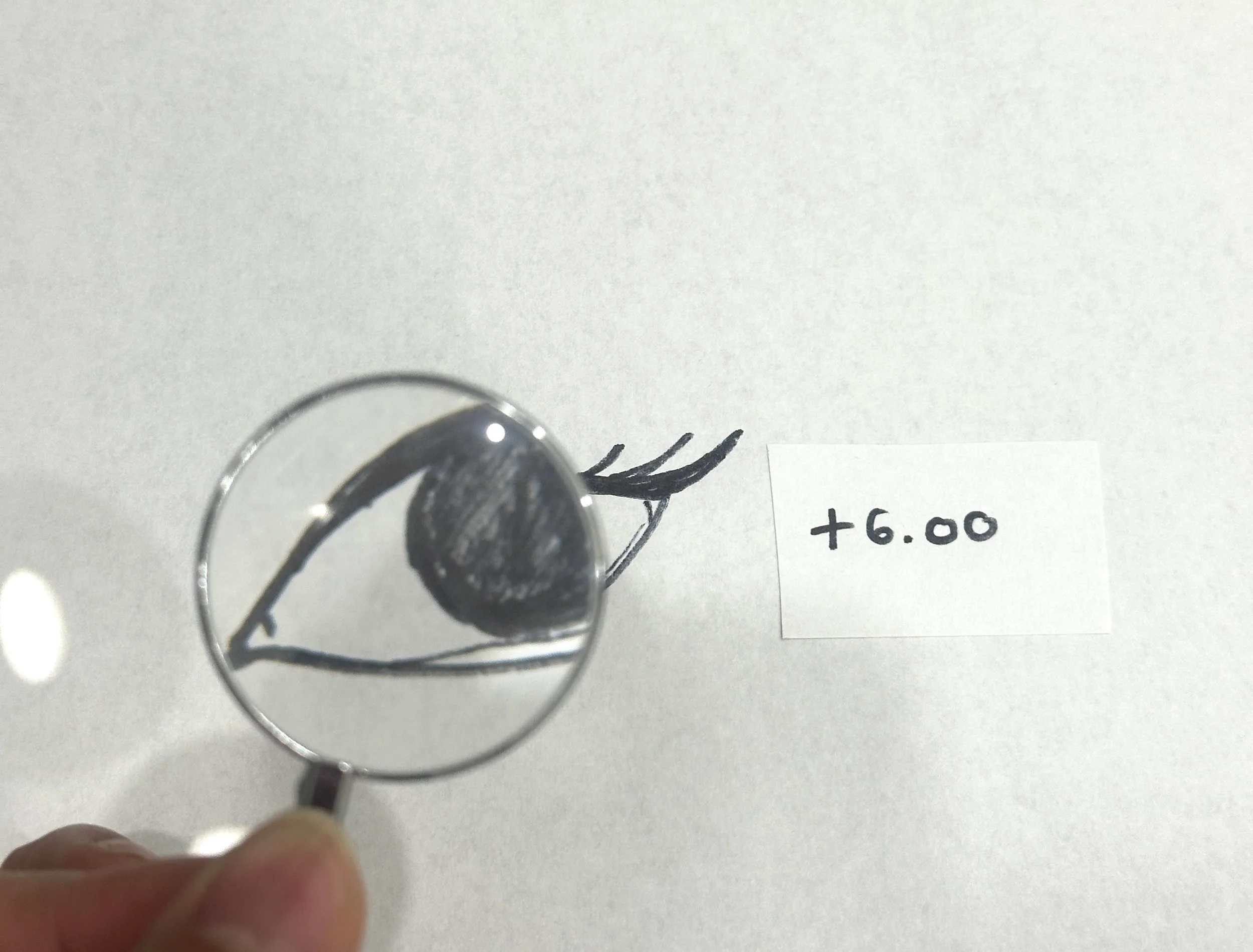Understanding Eyeglasses Prescriptions: Why Your Lenses Affect Your Eye Appearance and How to Choose the Right Pair
When it comes to wearing eyeglasses, many people focus on comfort, vision correction, and style. However, did you know that your eyeglasses prescription can also influence how your eyes appear? Specifically, minus and plus prescriptions can change the size of your eyes, sometimes in ways that may not be immediately obvious. In this blog, we’ll explain why minus prescriptions can make your eyes look smaller, why plus prescriptions may cause them to look larger, and how you can adjust your lenses, frames, and even opt for contact lenses to minimize these effects.
Minus Prescriptions: Why Your Eyes May Look Smaller
If you have a minus prescription (nearsightedness), you might have noticed that your eyes look a bit smaller when wearing your eyeglasses. This is because minus lenses are designed to "minify" the size of objects, essentially making your eyes appear smaller in the process. The optical physics behind this involves the light bending in a way that reduces the image size, which can have a noticeable effect on how your eyes look. The thicker the lens, the more pronounced the minification effect will be.
A -6.00 lens creates shrinks the image behind it by a greater degree.
Plus Prescriptions: Why Your Eyes May Look Larger
On the other hand, if you have a plus prescription (farsightedness), your lenses work to magnify objects, making your eyes appear larger. The reason for this is the convex shape of the lens, which magnifies images as they pass through. Just like with minus prescriptions, the thicker the lenses, the more noticeable this magnification effect can be, and you might feel like your eyes are more prominent than you'd like.
A +1.00 lens magnifies the image behind it by a small degree.
A +6.00 lens acts like a stronger magnifying lens and make the eyes appear much bigger.
How to Minimize the Effect: The Role of Aspheric Lenses
While changes in eye size due to prescription lenses are rooted in optical physics, there are ways to minimize these effects. One effective solution is to choose aspheric lenses. Unlike traditional spherical lenses, aspheric lenses are designed with a flatter curve, which helps reduce the magnification or minification effect. These lenses can help provide a more natural appearance for your eyes, as they are thinner and more lightweight compared to regular lenses.
Other Optical Add-Ons to Consider
Apart from aspheric lenses, there are other lens treatments and materials that can be tailored to your prescription to reduce the effect on your eye appearance. Here are a few options to consider:
High-Index Lenses: For individuals with stronger prescriptions, high-index lenses can be thinner and lighter than standard lenses. This not only reduces the thickness of the lens, but it also minimizes the distortion that can cause your eyes to look unnaturally small or large.
Anti-Reflective Coating: Adding an anti-reflective coating to your lenses can reduce glare, which may help in creating a clearer and more attractive appearance, allowing your eyes to appear more natural, without the distraction of reflections.
Polycarbonate or Trivex Lenses: These materials are both lightweight and durable, offering comfort without compromising optical clarity. They can also help keep your lenses thinner and reduce the magnification or minification effect.
Frame Choice Matters Too
It's not just about the lenses. The frame style you choose can also affect how your eyes look when wearing eyeglasses. Larger frames can often lead to thicker lenses, which may increase the magnification or minification effect. A frame that is too large for your prescription may cause your lenses to become noticeably thicker around the edges, further affecting the size of your eyes.
Choosing a frame size that complements your prescription is key. For example, opting for a smaller or medium-sized frame with a more tailored fit can help minimize the lens thickness and keep your eye appearance more balanced.
Anisometropia: When the Prescription Difference Causes Discomfort
If you have a significant difference between the prescriptions in your two eyes (a condition known as anisometropia), you may notice not just a difference in appearance but also discomfort. This can lead to symptoms like asthenopia—eye strain, headaches, and blurred vision—because the disparity between the eyes' refractive power can cause difficulty focusing.
To minimize these symptoms, it’s important to work with an optometrist to find the right solution, whether it be choosing lenses with different thicknesses for each eye or considering other forms of vision correction, such as contact lenses.
Contact Lenses: A Great Alternative to Eyeglasses
For some, contact lenses can be the ideal solution to avoid the appearance changes caused by eyeglasses. Since contact lenses sit directly on the eye, they don’t have the same optical effects as traditional eyeglasses lenses. With contacts, you can correct your vision without worrying about eye magnification or minification, and they don’t add thickness to your frames or lenses.
Get the Best Lenses for Your Prescription at Our Long Island City Practice
Whether you’re dealing with a minus or plus prescription, significant lens thickness, or the discomfort of anisometropia, we can help you find the right solution to optimize both your vision and your appearance. At Bridges Eyecare, located in Long Island City, Queens, we specialize in providing personalized eye care and offering high-quality, customized lenses that match your unique prescription needs.
Schedule an appointment today to consult with one of our expert optometrists. We'll ensure you get the best lenses, frames, and optical solutions tailored to your needs, ensuring comfort, clarity, and the most flattering look for your eyes.




